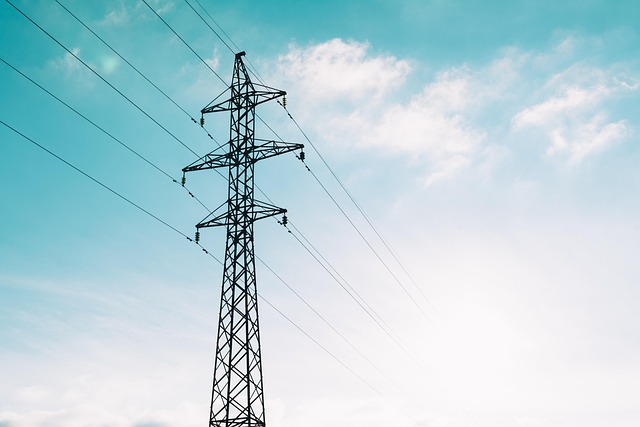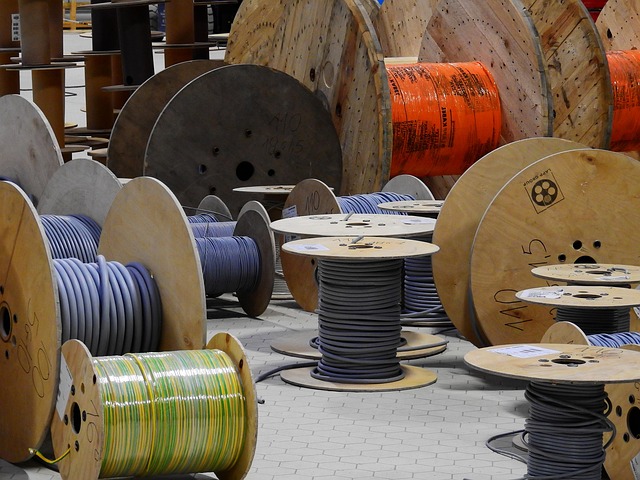As the world increasingly recognizes the urgent need for sustainable practices, the development of a robust energy transmission network plays a pivotal role in addressing environmental challenges. Our dependence on fossil fuels and traditional energy sources has created a profound ecological footprint, urging us to pivot toward greener alternatives and technologies.
The concept of sustainable development is anchored in meeting our present energy needs without compromising the ability of future generations to meet theirs. A well-structured energy transmission network is fundamental to this vision. By integrating renewable energy sources such as solar, wind, and hydro, we can significantly reduce our reliance on polluting energy systems. This transition not only promotes a healthier planet but also aligns with societal demands for cleaner and more efficient energy solutions.
Green technologies are at the forefront of revolutionizing our energy systems. Innovations such as smart grids, energy storage, and decentralized power generation allow for improved efficiency and reduced waste in energy distribution. By harnessing these technologies, we can create a more resilient energy transmission network that minimizes ecological disruption and enhances energy security. For instance, smart grid technology can optimize electricity distribution, ensuring that energy is used where it’s needed most and reducing the strain on infrastructure.
Transitioning to an energy transmission network that prioritizes sustainability is essential for achieving carbon neutrality. Carbon neutrality is not just a goal but a commitment to reducing greenhouse gas emissions to net-zero. By implementing renewable energy solutions within our transmission infrastructure, we significantly cut down on harmful emissions associated with conventional energy practices. The path to carbon neutrality is not merely a choice but an imperative for safeguarding our planet’s ecological balance.
Making strides towards a sustainable energy transmission network requires collaboration among governments, industries, and individuals alike. By investing in green technologies, we are not just building networks of wires and poles; we are crafting a future where clean energy is accessible, affordable, and abundant. With each step we take towards reducing our ecological footprint, we bring ourselves closer to a world that thrives on sustainable energy solutions.
Ultimately, the journey toward an effective energy transmission network, guided by principles of sustainability and innovation, is one we must embark on together. The responsibility lies with all of us to advocate for and implement practices that align with preserving our planet for generations to come.




